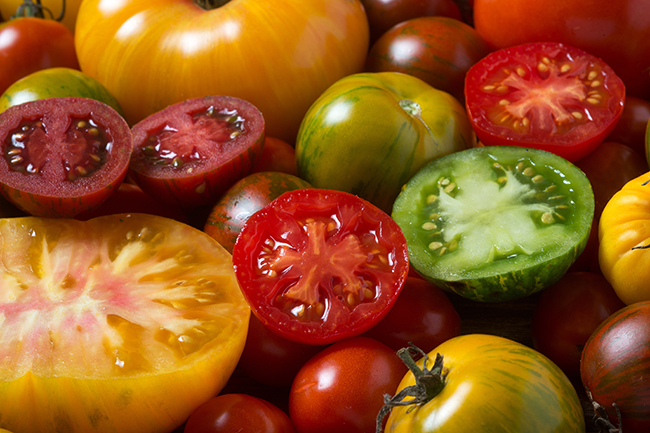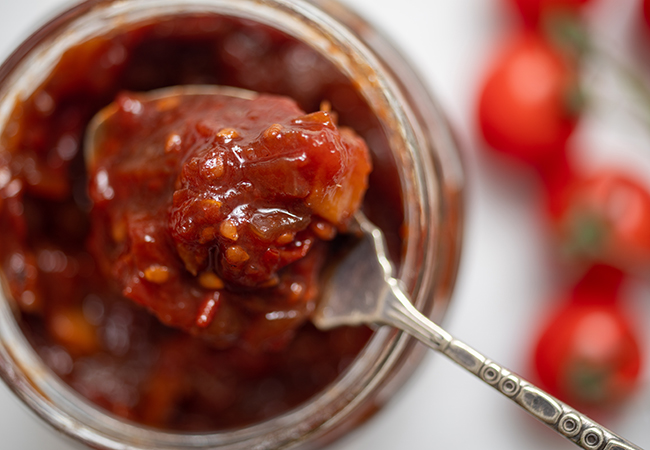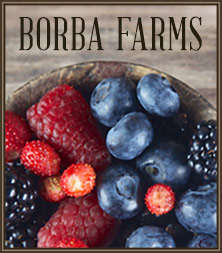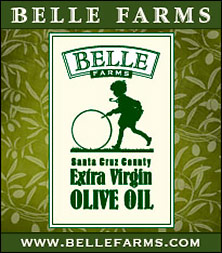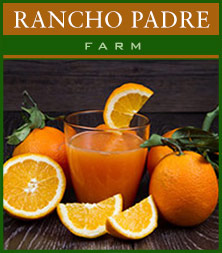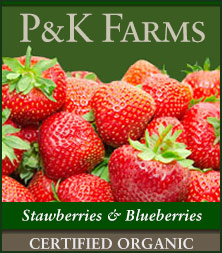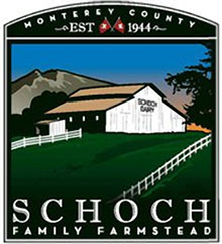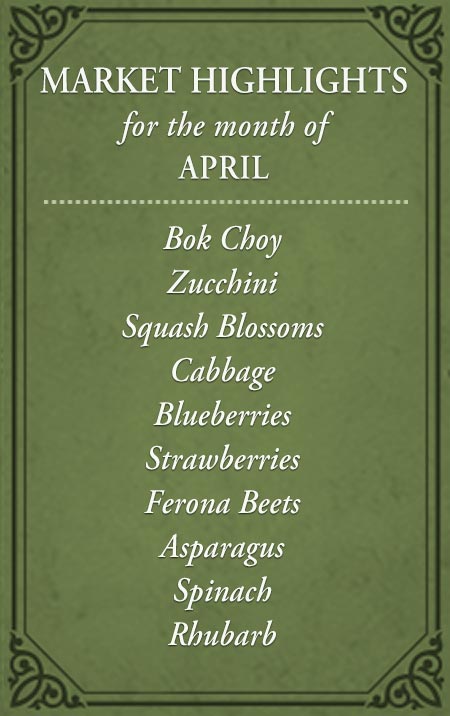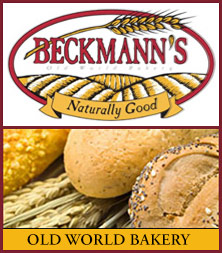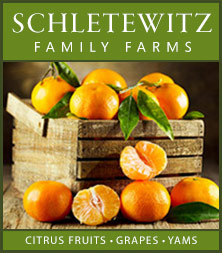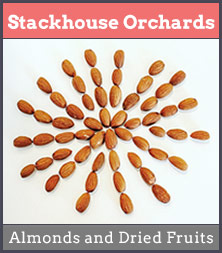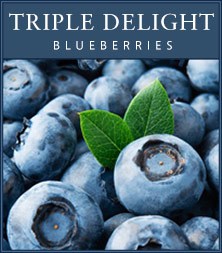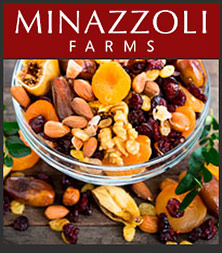Who doesn’t appreciate the special joy of indulging in ripe, juicy, and flavorful tomatoes during the summer season? Summer tomatoes are highly anticipated by many food enthusiasts because they tend to be at their peak of sweetness and flavor. The warmth of the summer sun seems to infuse these tomatoes with an extra burst of sweetness, making them the star of many seasonal dishes.
Unlike their pale imitations in grocery stores during other seasons, summer tomatoes are often locally grown, picked when fully ripe, and brought to markets fresh from nearby farms. They come in various shapes, sizes, and colors, offering a delightful variety to choose from. Heirloom tomatoes, in particular, are cherished for their unique flavors, unique shapes, and vibrant colors.
Summer tomatoes are perfect for enjoying in simple dishes like Caprese salads, where they are paired with fresh mozzarella, basil, and a drizzle of balsamic glaze or olive oil. They can also shine in classic dishes like Gazpacho, a refreshing cold tomato soup, or in various pasta sauces and salsas.
How to Select the Best Tomatoes
- Weight and tight skin: A ripe tomato should feel heavy for its size, indicating it has a good water content and is likely juicy. The skin should be taut, without any wrinkles, which is a sign of freshness.
- Unblemished skin: Look for tomatoes with smooth, unblemished skin. Avoid those with spots, mold, or signs of sunburn, as these might indicate damage or age.
- Avoid white and leathery bottoms: Tomatoes with white, almost leathery bottoms were likely left on the ground as they grew. They might have an inconsistent flavor profile and should be avoided.
- Acceptable scarring: Some minor scarring around cracks is acceptable. You can simply cut these parts out when using the tomato. Some believe that these signs of stress can actually lead to sweeter tomatoes.
- Smell the stem end: Give the tomatoes a gentle sniff at the stem end. A tomato that smells like a tomato is more likely to taste like one, too. The aroma indicates its ripeness and flavor.
- Check for ripeness with your hands: Gently press the tomato. It should yield slightly to pressure but not be rock hard. A rock-hard tomato is likely unripe and might not have developed its full flavor.
- Consider the type of tomato for your use: Different types of tomatoes have varying characteristics and are better suited for specific culinary purposes. Some are best for cooking, like making sauces, while others are more suitable for enjoying raw in salads or sandwiches.
Remember that tomato flavor can also vary seasonally and regionally, so buying from local sources when possible can further enhance the taste of your dishes.
How to Store Tomatoes
Never store tomatoes in the refrigerator. Cold temperatures will turn the flesh dry and mealy. Instead, choose a cool spot in the kitchen to store them. Store in a single layer to prevent bruising.
You’ll find quite a wide variety of tomatoes available at many farmers’ booths during the summer months including Borba Family Farms, KT Farms, Spade & Plow Organics, Cabrillo College Horticulture, Molino Creek, Munak Ranch, Phil Foster Ranch (Pinnacle) and others.
RECIPES: Click here for tomato recipes!


